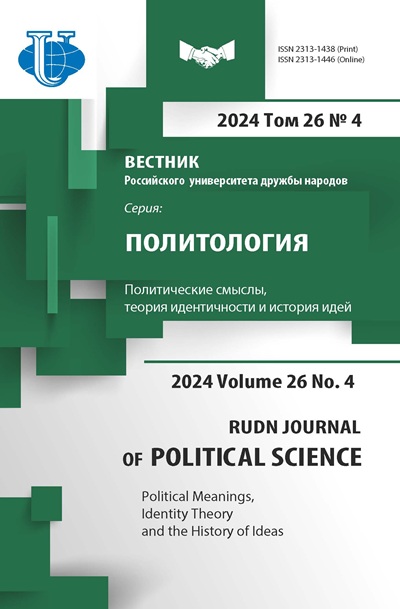Abstract
The paper focuses on how cinema shapes national, civilizational, and political identity and how it fosters civic identity as a driver for social development. The analysis is based on approaches inherent to identity studies and uses comparative methods; the empirical base consists of films selected through the purposive sampling method. The focus is on feature films, which provide extensive material for studying the trends of modern political development and its perception by contemporaries. Referring to examples of film production from various countries representative in this sense, the authors identify the mechanisms used by patrons and producers of films to influence the identity of the audience and the political picture of the world people identify with. Cinema is regarded as an effective tool for creating and revising historical narratives, for promoting new images and meanings and for exposing prospects for future social development. Special attention is paid to the genre of biographical films (biopics) portraying political leaders and individuals who embody the national ideal. The authors conclude that as of today, the expectation of a hero is an unmet public demand in contemporary cinema.
















